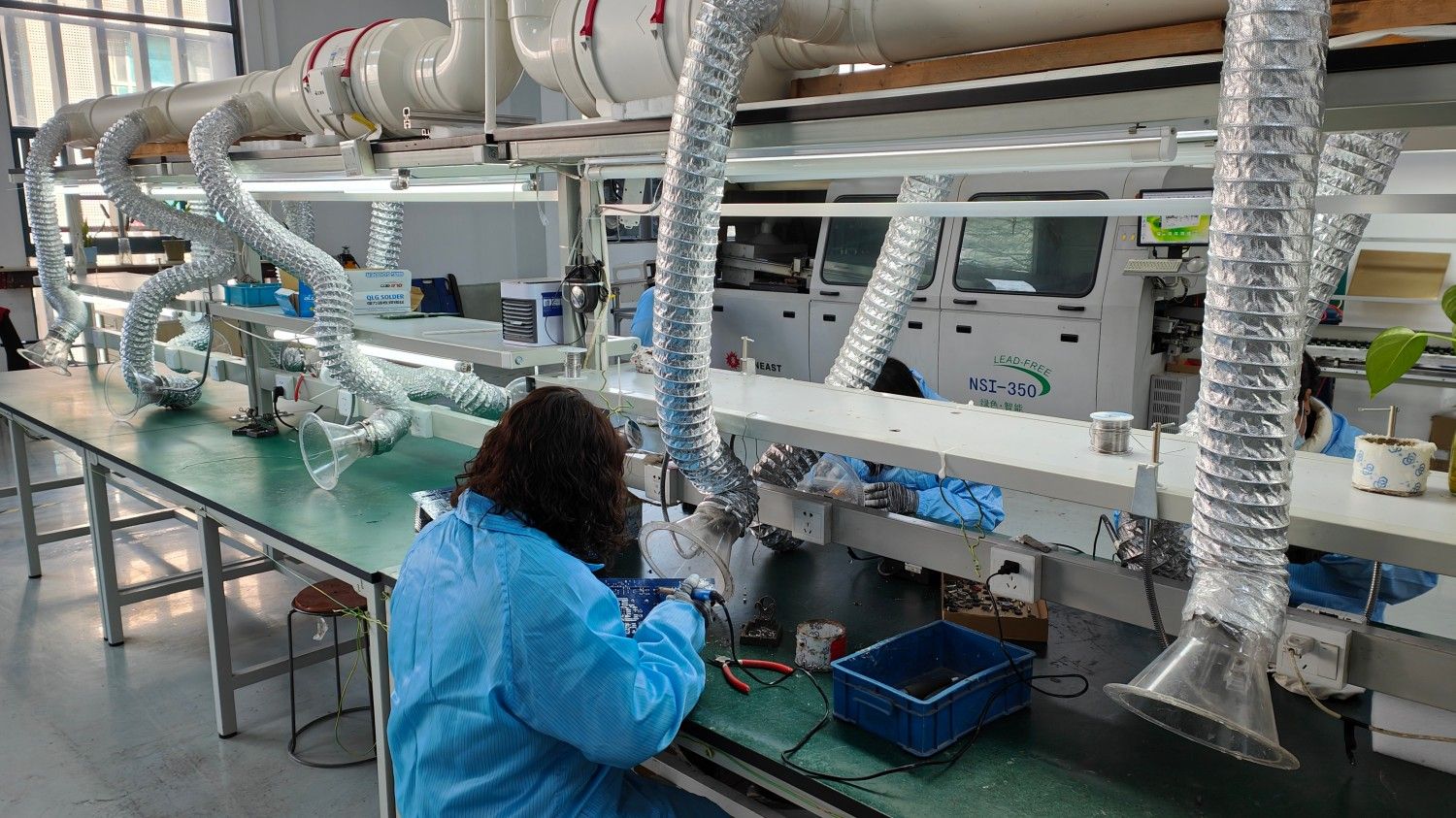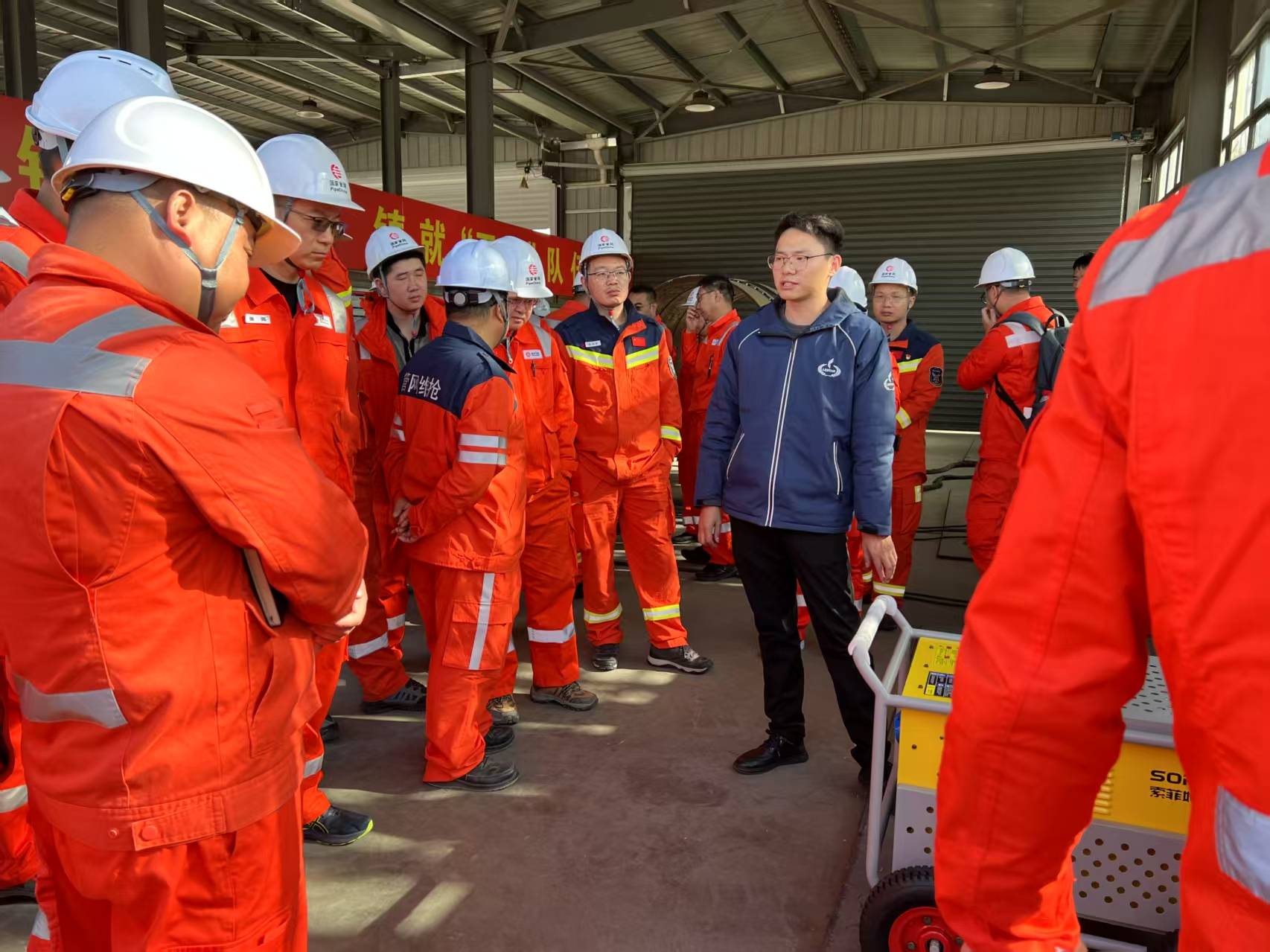Let me tell you, I’ve been in the welding industry for a long time, and seeing the rise of battery-powered welders has been pretty amazing.
Battery-powered welders offer portability and convenience, especially for fieldwork. They eliminate the need for a generator or access to an electrical outlet, making them ideal for remote locations and emergency repairs. For example, you can easily take it to hard-to-reach spots or outdoor job sites where power is limited.
So, if you’re interested in a welding machine that is easy to carry, keep reading, I will explain.
What are the benefits of battery powered welders?
Have you ever had to drag a heavy generator across a job site just to do a quick weld?
I remember one time, we had to fix a fence out in the middle of a field. The closest outlet was miles away, and it took longer to set up the generator than it did to actually fix the fence! That’s where battery-powered welders shine. They give you the freedom to weld anywhere, without the hassle of cords or generators.
Battery-powered welders are changing the way we think about welding. I have spent over 20 years in welding industry. Their advantages go beyond just convenience. Let’s break down some key benefits:
Portability and Accessibility
This is the most obvious advantage. Traditional welders need a power source, which can be a problem in remote locations. Battery-powered units remove this restriction, allowing you to:
Work in the field without a generator
Easily move around large construction sites
Tackle emergency repairs in remote areas
Reduced Noise and Emissions
Generators are noisy and produce exhaust fumes. Battery-powered welders are much quieter and produce zero emissions during operation, making them ideal for:
Indoor use
Environmentally sensitive areas
Work sites with noise restrictions
Cost Savings
While the initial investment might be higher, battery-powered welders can save you money in the long run by:
Eliminating fuel costs for generators
Reducing maintenance associated with generators
Improving efficiency by allowing for faster setup and takedown
Safety
The absence of cords reduces tripping hazards, and the lack of exhaust fumes improves air quality.
Applications
Consider these typical applications:
Construction: Repairing equipment on-site, welding in areas without power.
Agriculture: Fixing fences, farm machinery repairs in the field.
Emergency Services: Rapid repairs after natural disasters.
DIY/Home Use: Welding projects in the garage or yard.
To better understand the impact of battery powered welders, consider the following table outlining the differences between traditional and battery-powered options:
| Feature | Traditional Welder | Battery-Powered Welder |
| Power Source | AC Power | Battery |
| Portability | Limited | High |
| Noise | High | Low |
| Emissions | High | Zero |
| Initial Cost | Lower | Higher |
| Operational Costs | Higher | Lower |
| Environmental Impact | High | Low |
Battery-powered welders have become a game-changer in the welding industry. Their portability, reduced noise, cost savings, and safety advantages make them a great choice for many applications. As battery technology advances, we can expect even more innovation and widespread adoption of these machines.
How does battery power affect welder performance?
Alright, let’s be real – some people are skeptical about battery-powered welders. They wonder if they can really deliver the power you need for serious welding.
I’ll tell you, the technology has come a long way! Modern battery-powered welders can handle a wide range of tasks, from light-duty repairs to more demanding fabrication jobs. The key is understanding how battery power affects performance and choosing the right machine for the job.
The performance of a battery-powered welder depends on several factors, including the battery capacity, the welder’s design, and the type of welding you’re doing. Here’s how battery power affects the key aspects of welder performance:
Welding Power and Amperage
The amount of power a battery-powered welder can deliver is limited by the battery’s voltage and current capacity.
Voltage: Voltage affects the arc starting and stability. Higher voltage can make it easier to start an arc.
Amperage: Amperage determines the heat input and the thickness of the material you can weld. Higher amperage allows you to weld thicker materials.
Most battery-powered welders offer adjustable amperage settings, allowing you to match the power output to the specific welding task.
Duty Cycle
The duty cycle is the percentage of time a welder can operate at a specific amperage within a 10-minute period without overheating. Battery-powered welders often have lower duty cycles than traditional welders.
Battery Capacity: A larger battery capacity generally translates to a longer duty cycle.
Welding Amperage: Welding at higher amperages reduces the duty cycle.
It’s important to consider the duty cycle when selecting a battery-powered welder, especially for continuous welding tasks.
Battery Life and Charging
Battery life affects how long you can weld before needing to recharge.
Battery Type: Lithium-ion batteries are commonly used in battery-powered welders due to their high energy density and long lifespan.
Charging Time: Charging times can vary depending on the battery and charger. Fast chargers can significantly reduce downtime.
Welding Processes
Battery-powered welders can be used for various welding processes, including:
Stick Welding (SMAW): Suitable for outdoor and windy conditions, but may require higher amperage.
TIG Welding (GTAW): Offers precise control, but requires more skill and may drain the battery faster.
MIG Welding (GMAW): Good for both thin and thick materials, but may not be suitable for all battery-powered models.
Performance Factors
The design and technology of the welder also play a crucial role in its performance:
Inverter Technology: Inverter-based welders are more efficient and can deliver a more stable arc.
Cooling System: An efficient cooling system can prevent overheating and extend the duty cycle.
Digital Controls: Digital controls allow for precise adjustment of welding parameters, optimizing performance and results.
To give you a clearer picture, here’s a table comparing battery-powered welder performance factors with traditional welders:
| Performance Factor | Traditional Welder | Battery-Powered Welder |
| Power Output | High | Moderate to High |
| Duty Cycle | High | Moderate |
| Battery Life | N/A | Limited |
| Charging Time | N/A | Varies |
| Welding Processes | Versatile | Limited by Model |
Modern battery-powered welders can provide enough power for a variety of welding tasks. As battery technology continues to advance, we can expect even better performance and versatility from these machines.
Example
I once had a project where we needed to do some stainless steel TIG welding on a remote part of a building. Using a battery-powered welder saved us a lot of time and effort. We were able to get the job done efficiently.
Which industries benefit most from battery welders?
I have noticed battery powered welding becoming more popular over the years. You might wonder, which industries are really seeing the biggest changes because of this technology?
I’ve seen firsthand how battery-powered welders have made a huge difference in industries like construction, agriculture, and emergency services. The ability to weld anywhere, without relying on a power source, has opened up new possibilities and improved efficiency in many sectors.
Battery-powered welders offer unique advantages that make them indispensable in several industries. Here’s a breakdown of which industries benefit most and why:
Construction
The construction industry often involves working in remote locations or on sites without readily available power sources. Battery-powered welders are extremely valuable for:
On-Site Repairs: Quick repairs of equipment, scaffolding, and structures directly on the construction site.
Remote Welding: Welding in areas where running power cables is impractical or unsafe.
High-Rise Buildings: Easy to transport and use on upper floors where power access is limited.
Agriculture
Farmers and agricultural workers often need to perform welding repairs in the field, far from power outlets. Battery-powered welders enable them to:
Repair Farm Equipment: Fix tractors, combines, and other machinery directly in the field, minimizing downtime.
Fence Repairs: Quickly repair fences and gates without the need for a generator.
Irrigation Systems: Maintain and repair irrigation systems in remote areas.
Emergency Services
Emergency responders often need to perform rapid repairs in disaster zones or remote locations. Battery-powered welders are essential for:
Disaster Relief: Repairing critical infrastructure, such as bridges, roads, and shelters.
Search and Rescue: Cutting through metal debris to rescue trapped individuals.
Field Hospitals: Setting up and maintaining field hospitals and temporary facilities.
Automotive Repair
Mobile mechanics and roadside assistance providers can use battery-powered welders to perform welding repairs on vehicles in remote locations. This is especially useful for:
Exhaust System Repairs: Fixing damaged exhaust systems without the need for a garage.
Frame Repairs: Performing minor frame repairs on-site.
Custom Modifications: Making custom modifications to vehicles at car shows or events.
Marine Industry
Boatyards, marinas, and ship repair facilities benefit from the portability and convenience of battery-powered welders for:
Hull Repairs: Welding repairs on boat hulls without the need for shore power.
Deck Fittings: Installing and repairing deck fittings and hardware.
Emergency Repairs: Addressing damages at sea or in remote harbors.
DIY and Home Use
Homeowners and DIY enthusiasts can use battery-powered welders for a variety of projects, including:
Home Repairs: Fixing gates, fences, and other metal structures around the house.
Custom Projects: Building custom furniture, art projects, and metal sculptures.
Automotive Repairs: Working on personal vehicles in the garage or driveway.
Below is an example of the potential cost savings when using battery powered welding, which is based on a 12 month period:
| Industry | Welder Type | Average Initial Cost | Average Monthly Operational Cost | Yearly Operational Cost |
| Construction | Traditional | $800 | $150 | $1800 |
| Construction | Battery | $1,200 | $50 | $600 |
| Agriculture | Traditional | $800 | $150 | $1800 |
| Agriculture | Battery | $1,200 | $50 | $600 |
This table illustrates the diverse range of industries that benefit from battery-powered welders. Their portability, ease of use, and ability to operate in remote locations make them an indispensable tool across a variety of sectors.
My Own Example
I remember one time, we were hired to do some emergency repairs on a bridge after a storm. The power was out, and we couldn’t get a generator to the site. But we were able to use our battery-powered welders to get the job done quickly and safely.
Battery-powered welders are changing the welding industry. They are useful, environment friendly, and safe.If you need them, contact us now with 20 years of experience in battery powered welding machine production and delivery to provide you with service.




